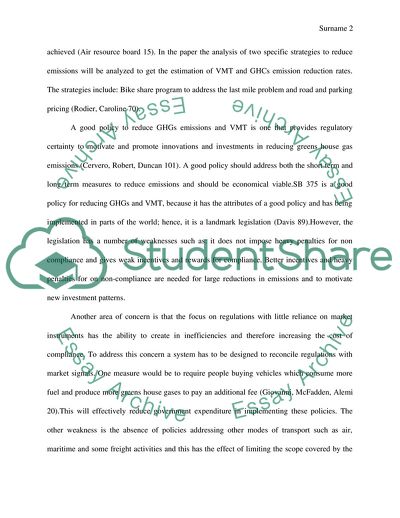Cite this document
(A Good Policy to Reduce the Green House Gas Essay Example | Topics and Well Written Essays - 1250 words, n.d.)
A Good Policy to Reduce the Green House Gas Essay Example | Topics and Well Written Essays - 1250 words. https://studentshare.org/environmental-studies/1851168-sb-375-evaluation-and-vmt-strategy-assessment-and-analysis-of-ghg-emissions-reduction
A Good Policy to Reduce the Green House Gas Essay Example | Topics and Well Written Essays - 1250 words. https://studentshare.org/environmental-studies/1851168-sb-375-evaluation-and-vmt-strategy-assessment-and-analysis-of-ghg-emissions-reduction
(A Good Policy to Reduce the Green House Gas Essay Example | Topics and Well Written Essays - 1250 Words)
A Good Policy to Reduce the Green House Gas Essay Example | Topics and Well Written Essays - 1250 Words. https://studentshare.org/environmental-studies/1851168-sb-375-evaluation-and-vmt-strategy-assessment-and-analysis-of-ghg-emissions-reduction.
A Good Policy to Reduce the Green House Gas Essay Example | Topics and Well Written Essays - 1250 Words. https://studentshare.org/environmental-studies/1851168-sb-375-evaluation-and-vmt-strategy-assessment-and-analysis-of-ghg-emissions-reduction.
“A Good Policy to Reduce the Green House Gas Essay Example | Topics and Well Written Essays - 1250 Words”. https://studentshare.org/environmental-studies/1851168-sb-375-evaluation-and-vmt-strategy-assessment-and-analysis-of-ghg-emissions-reduction.


